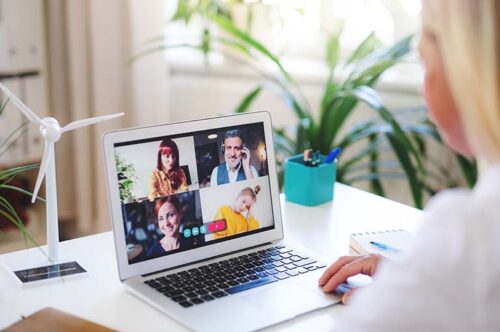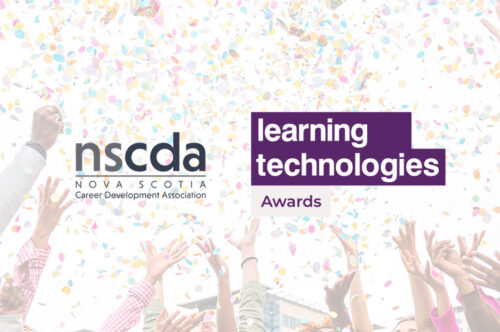In today’s global marketplace, organisations are increasingly recognising the need for multilingual training content. Whether you’re expanding into new territories or supporting a diverse workforce, translating your eLearning materials is no longer optional but essential. Let’s explore how to effectively approach this challenge.
Why translate your eLearning content?
Translating your training materials offers several significant benefits for your organisation.
It help all learners can access and understand your content in their preferred language, leading to better knowledge retention and application. When learners engage with content in their native language, they can process the information more efficiently and feel more connected to the material.
Additionally, multilingual content demonstrates your commitment to inclusivity and cultural awareness. This can strengthen your brand reputation both internally and externally.
Common challenges in eLearning translation
Before diving into translation, it’s important to understand the potential obstacles you might face.
Technical limitations when translating eLearning content can be a significant hurdle. Some authoring tools may struggle with certain language requirements, particularly those with different character sets or right-to-left reading formats.
Cultural nuances also present challenges. Direct translations often miss cultural contexts, idioms and references that make learning relevant and engaging. What works in one culture might confuse or even offend in another.
Finally, maintaining consistency across multiple language versions requires careful planning and robust quality assurance processes.
Best practices for effective eLearning translation
Let’s consider some practical approaches to ensure your multilingual training solutions are effective.
- Design with translation in mind. Consider translation requirements from the beginning of your design process. Use clear, concise language and avoid culture-specific references, idioms or humour that might not translate well. Create modular content that can be easily updated across all language versions.
- Work with professional translators. While machine translation has improved dramatically, professional translators who specialise in eLearning content are invaluable. They understand the educational context and can adapt content appropriately, ensuring it remains engaging and effective.
- Consider cultural adaptation. True localisation goes beyond direct translation. Consider adapting scenarios, examples and visuals to reflect local contexts. This might include changing names, locations and cultural references to resonate with your target audience.
- Implement a robust review process. Include native speakers in your review process to catch any issues with translation quality, cultural appropriateness or technical functionality. This should be a standard part of your quality assurance workflow.
Technical considerations
When translating eLearning content, there are several technical aspects to keep in mind.
Choose authoring tools that support multilingual content development such as Storyline or Rise. Many modern platforms offer features specifically designed for translation workflows, including the ability to export and import content for translation while preserving formatting and functionality.
Consider text expansion, as translations often require more space than the original content. Design your layouts with flexibility to accommodate varying text lengths without breaking your design.
Remember that multimedia elements need attention too. Plan for the translation of audio narration, subtitles and on-screen text in videos and animations.
Measuring success when translating eLearning content
After translating your eLearning content and implementing your multilingual training solution, how do you know if it’s working? Monitoring these key metrics can help.
Track completion rates, assessment scores and learner feedback across different language versions. Compare these metrics to identify any discrepancies that might indicate translation or cultural adaptation issues.
Gather specific feedback about the translation quality and cultural relevance from your learners. Their insights can help you continuously improve your multilingual content.
Looking forward
As technology advances, the process of creating multilingual training solutions continues to evolve. Artificial intelligence and machine learning are improving automated translation quality, while advanced authoring tools are making the process more streamlined.
However, the human element remains crucial. The most successful multilingual training programmes balance technological efficiency with human insight and cultural intelligence.
By approaching eLearning translation strategically, The Learning Rooms can create truly global bespoke and rapid development solutions that engage and empower learners around the world, regardless of their native language.








